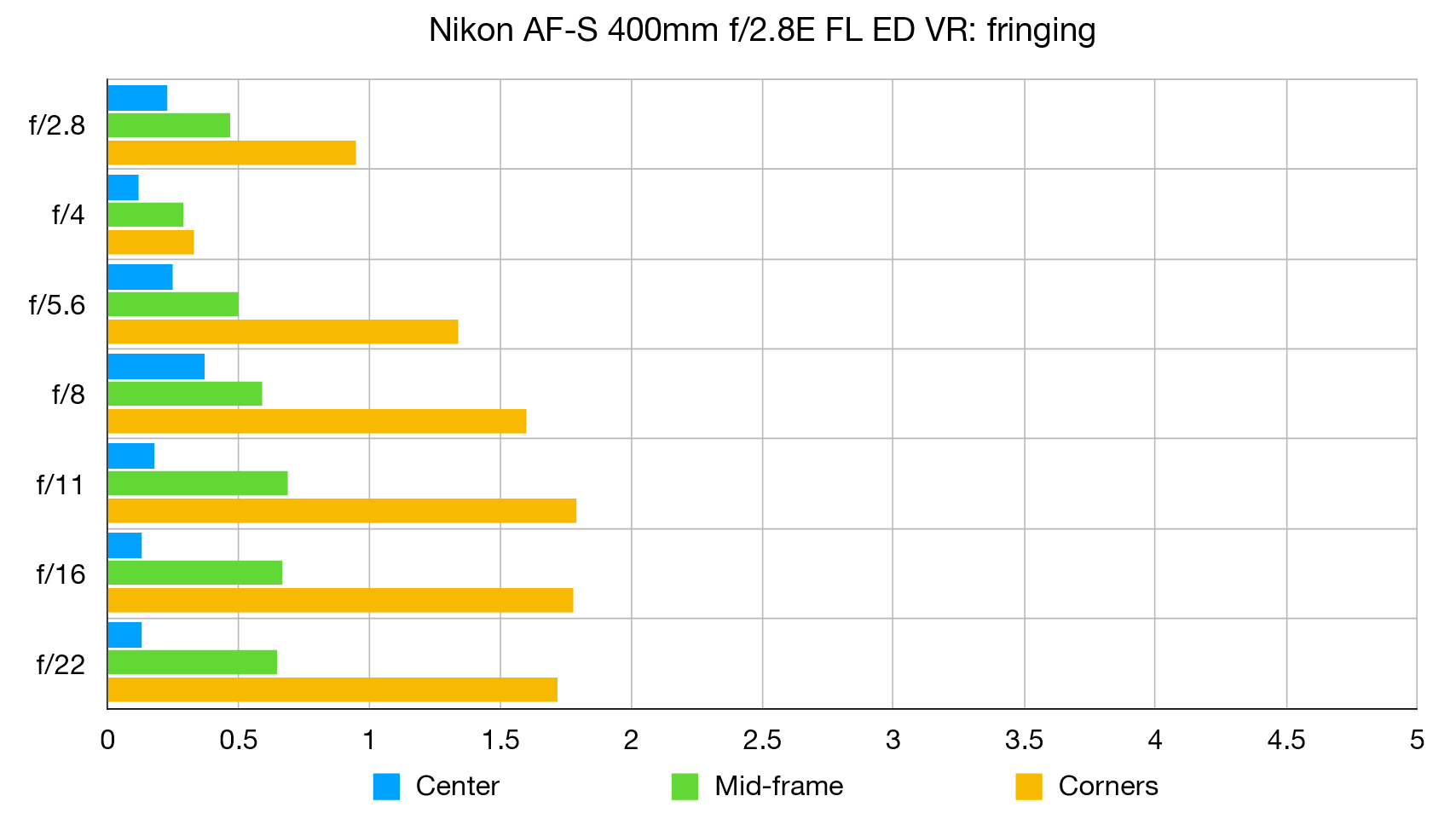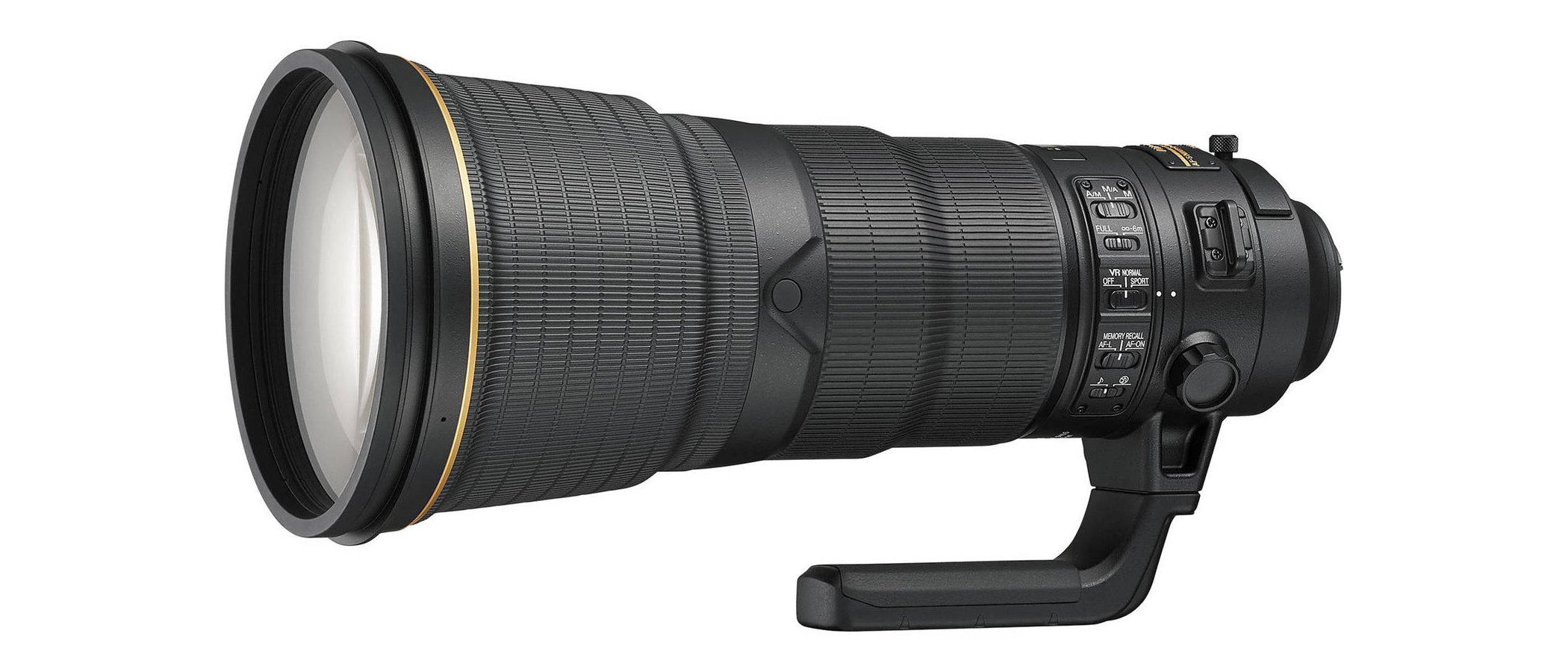Digital Camera World Verdict
Most of us don’t have deep enough pockets to buy this lens, let alone carry it, but it’s a mighty super-telephoto prime. There’s no getting away from the fact that combining a 400mm focal length with a fast f/2.8 aperture is going to result in a big, weighty build but handling, performance and image quality are simply epic through and through.
Pros
- +
Spectacular image quality
- +
Refined handling characteristics
- +
Fast f/2.8 aperture
Cons
- -
Big
- -
Heavy
- -
Expensive
Why you can trust Digital Camera World
The Nikon AF-S 400mm f/2.8E FL ED VR sits alongside very similar 500mm f/4, 600mm f/4 and 800mm f/5.6 lenses in Nikon’s F-mount stable. As such, it’s the shortest in terms of focal length and the fastest for aperture. Indeed, at f/2.8, it helps to maintain fast shutter speeds for freezing the action even under dull lighting conditions, as well as enabling a tight depth of field for isolating the main subject within a scene.
Specifications
Mount: Nikon F
Full-frame: Yes
Autofocus: Yes
Stabilization: Yes
Lens construction: 16 elements in 12 groups
Angle of view: 6.2 degrees
Diaphragm blades: 9
Minimum aperture: f/22
Minimum focusing distance: 2.6m
Maximum magnification ratio: 0.14x
Filter size: 40.5mm (drop-in)
Dimensions: 160x358mm
Weight: 3,800g
Key features
At 3,800g, this lens is pretty much the same weight as the longer AF-S 600mm f/4 and 710g heavier than the AF-S 500mm f/4, so it’s not a lens to be taken lightly. When you feel the need for speed, the f/2.8 aperture is a key feature and, while this demands wide-diameter glass, the front two elements are made from fluorite glass which avoids the lens being even heavier, while also enhancing image quality. Two ED (Extra-low Dispersion) elements are also featured in the optical path, along with both Nano Crystal Coat and Super Integrated Coating, plus a fluorine coating on the front element.
Build quality is excellent, based on a magnesium alloy barrel and featuring comprehensive weather-seals. The lens is supplied complete with a sturdy flight case. The control layout is identical to Nikon’s companion 500mm and 600mm primes. As such, it has the same The same dual A/M and M/A modes give priority to autofocus or manual override, and a set of four forward-mounted AF buttons can be configured to provide AF-On, AF-Lock and Memory Recall functions. A 40.5mm drop-in filter slot is featured towards the rear.
The ring-type ultrasonic autofocus system is super-fast and whisper-quiet, while VR (Vibration Reduction) has 4-stop effectiveness and comes complete with normal and ‘sports’ modes. In the latter, stabilization is only applied during actual exposures, making it easier to track erratically moving subjects and avoiding any slowdown in the camera’s maximum continuous drive rate. The aperture is electromagnetically controlled, enabling greater exposure consistency in rapid bursts of shooting, although this makes the lens incompatible with older Nikon DSLRs. And speaking of compatibility, the lens can be used without any restrictions with Nikon’s 1.4x, 1.7x and 2x tele-converters.

Performance
This lens has to deliver something special to justify its heavyweight price tag, and indeed it does. Levels of sharpness are stunning, right across the entire image frame and into the extreme corners, even when shooting wide-open at f/2.8. Color fringing and distortion are both minimal, and there’s very good resistance to ghosting and flare. The super-fast autofocus system is great for tracking moving subjects and, coupled with the highly effective VR, ensure an excellent hit rate for action, sports and wildlife photography.
Lab results
We run a range of lab tests under controlled conditions, using the Imatest Master testing suite. Photos of test charts are taken across the range of apertures and zooms (where available), then analyzed for sharpness, distortion and chromatic aberrations.
We use Imatest SFR (spatial frequency response) charts and analysis software to plot lens resolution at the center of the image frame, corners and mid-point distances, across the range of aperture settings and, with zoom lenses, at four different focal lengths. The tests also measure distortion and color fringing (chromatic aberration).
Sharpness:
Sharpness across the entire image frame is scintillating from the get-go at f/2.8 and becomes even better at apertures between f/4 and f/11.
Fringing:

There’s very minimal color fringing at wide apertures and it creeps up only a little at narrow apertures.
Distortion: 0.47
The best camera deals, reviews, product advice, and unmissable photography news, direct to your inbox!
The faintest touch of pincushion distortion will go completely unnoticed in the vast majority of real-world shooting scenarios.
Verdict
Most of us don’t have deep enough pockets to buy this lens, let alone carry it, but it’s a mighty super-telephoto prime. There’s no getting away from the fact that combining a 400mm focal length with a fast f/2.8 aperture is going to result in a big, weighty build but handling, performance and image quality are simply epic through and through.
Read more:
• Best camera lenses to get
• Best Canon lenses
• Best Nikon lenses
• Best Sony lenses
Matthew Richards is a photographer and journalist who has spent years using and reviewing all manner of photo gear. He is Digital Camera World's principal lens reviewer – and has tested more primes and zooms than most people have had hot dinners!
His expertise with equipment doesn’t end there, though. He is also an encyclopedia when it comes to all manner of cameras, camera holsters and bags, flashguns, tripods and heads, printers, papers and inks, and just about anything imaging-related.
In an earlier life he was a broadcast engineer at the BBC, as well as a former editor of PC Guide.



